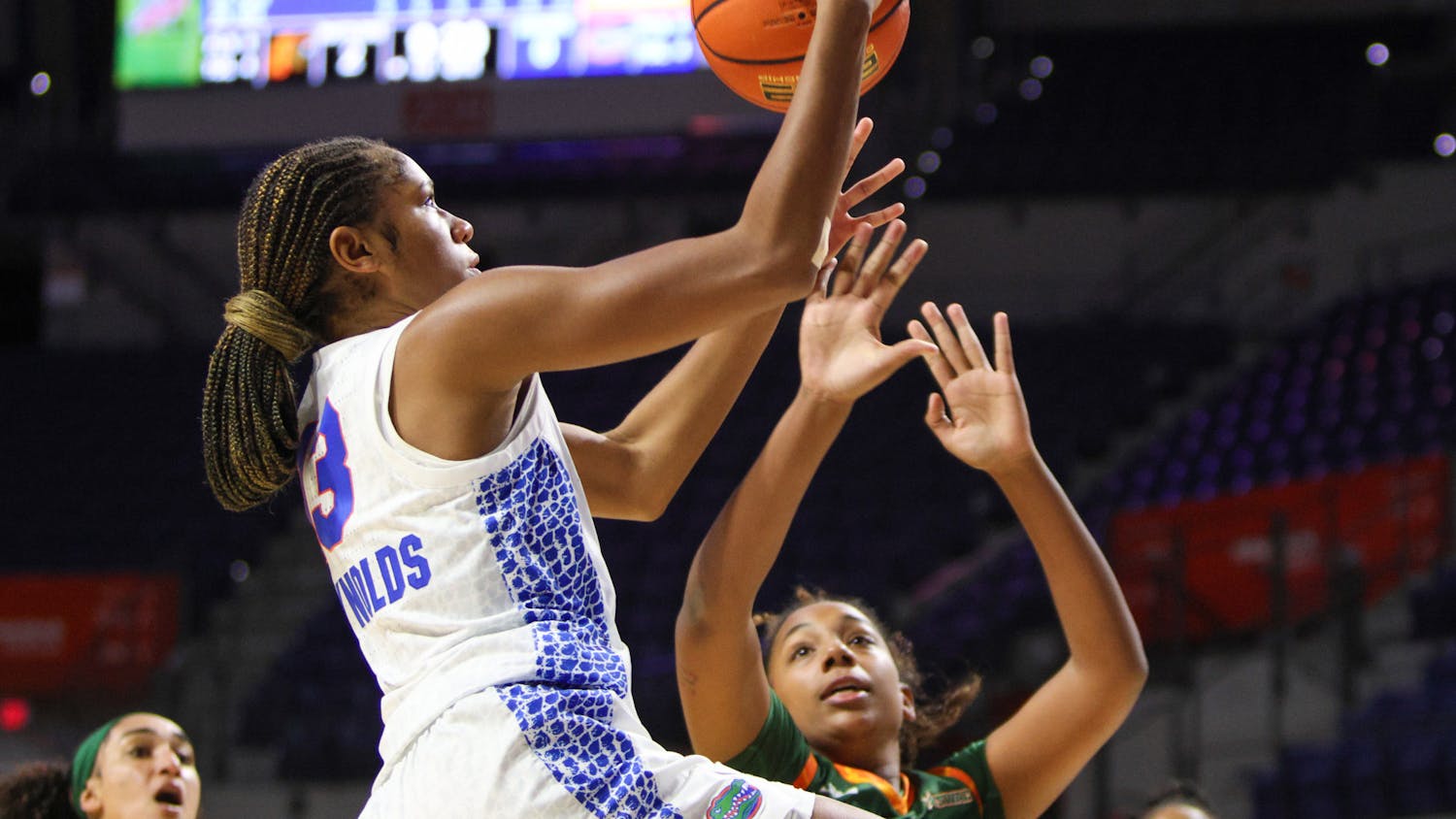You do what? Isn't it bloody? How do you clean it?
These are the common questions I get when people find out I use a menstrual cup.
According to Wikipedia, a menstrual cup is a type of feminine hygiene product usually made of medical grade silicone, shaped like a bell and is flexible. It is worn inside the vagina during menstruation to catch menstrual fluid.
Menstrual cups come in many different shapes and sizes, and the DivaCup website promises 12-hour leak-free protection, absorption up to three times that of tampons and at least one year of use.
I switched to menstrual cups and cloth pads after I got the birth control implant Nexplonon. About a week after getting the implant, I had a light period for more than a year, and I got tired of having to buy period products every few weeks. I remembered reading about a Kickstarter for a compact menstrual cup, looked it up and found there are thousands of other types of menstrual cups. You pop it in, clean it about twice a day and don’t worry about it. When your period is over, you boil the cup and put it away. I don’t think menstrual cups are any grosser than tampons or pads.
Menstrual cups range in price, but most are around $20 on Amazon. Jezebel estimates women spend on average $61.11 on either tampons or pads each year.
But women who switch to the cup can not only save money, but also the environment. According to safecosmetics.org, a woman who uses tampons monthly will buy more than 11,000 in her lifetime.
It is estimated that approximately 20 billion pads, tampons and applicators are being sent to North American landfills annually, according to the Lunapads website, and these products require hundreds of years to biodegrade. While menstrual cups are made of silicone and aren’t biodegradable, they still reduce the amount of waste significantly. There are also biodegradable tampons for those looking to help out the environment.
While on my endless period, sometimes I felt like I needed a break from tampons, so I bought cloth pads. I love the customization you can find for cloth pads. You can find cloth pads and pantiliners with practically any design. I’ve seen Disney princesses, Looney Tunes, tie-dye, smiley faces and clouds on cloth pads.
When you’re done using them, you just wash them, wring them out, put them to dry and then put them with your laundry. Although these might not be practical if you need a change up in the middle of the day, you can buy bags to put them in. Unfortunately, to get cute customized ones, you can end up paying about $10 a pad on Etsy, but you can pay as little as $5 a pad, and you really only need them for as long as your period lasts. They also last longer than a year, same as a pair of underwear.
While it can get messy when you have a heavy period, it’s very similar to wearing a normal pad, but you have more control over the materials.
There are also period panties, which are about $40, and other eco-friendly, long-term alternatives to tampons and pads. While I switched for my endless period, I am never going back because I love to have control of my body.
Disclaimer: I totally understand if people don’t want to or can’t use the cup. I’m just explaining an alternative that people might find gross, but I encourage they try. I am also not endorsing any of the brands listed above specifically.
Nicole Wiesenthal is a 21-year-old UF journalism senior.





